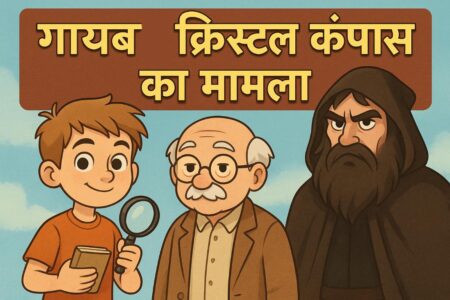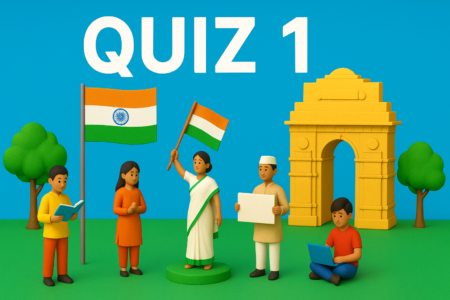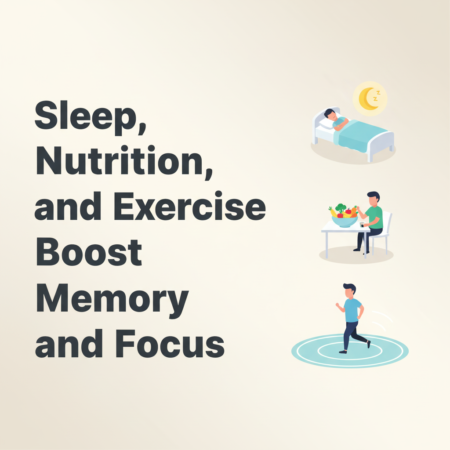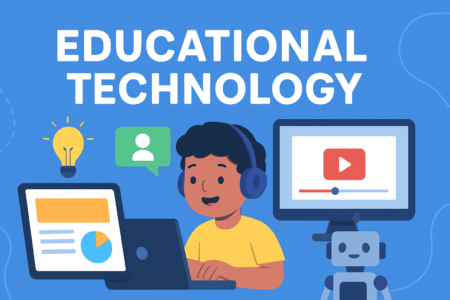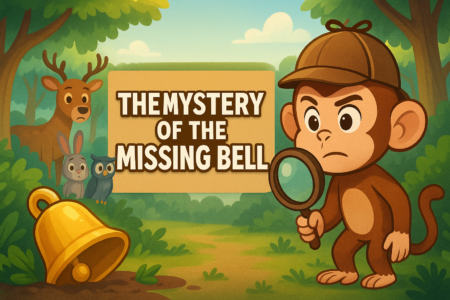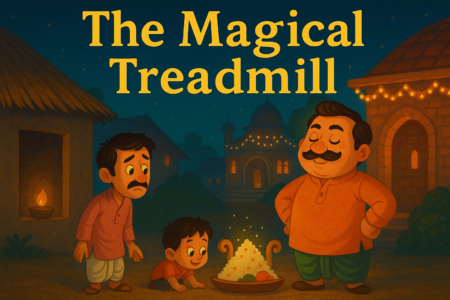Introduction
Stories have been a part of human life for thousands of years. From cave paintings to bedtime tales, storytelling has always been a powerful way to share ideas. In schools, storytelling in education is more than just fun — it helps students understand, remember, and connect with lessons better.
Why Storytelling Works in Learning
When we listen to a story, our brain becomes more active. Instead of memorizing facts, we start imagining situations and characters. This makes learning more exciting and less stressful. Science shows that stories help our brains store information for longer periods.
Benefits of Storytelling in the Classroom
- Better Understanding – Stories give meaning to facts, making it easier to understand complex topics.
- Improved Memory – Information presented as a story is easier to recall.
- Creativity Boost – Students get inspired to think creatively and even make their own stories.
- Emotional Connection – Stories help students relate to the subject on a personal level.
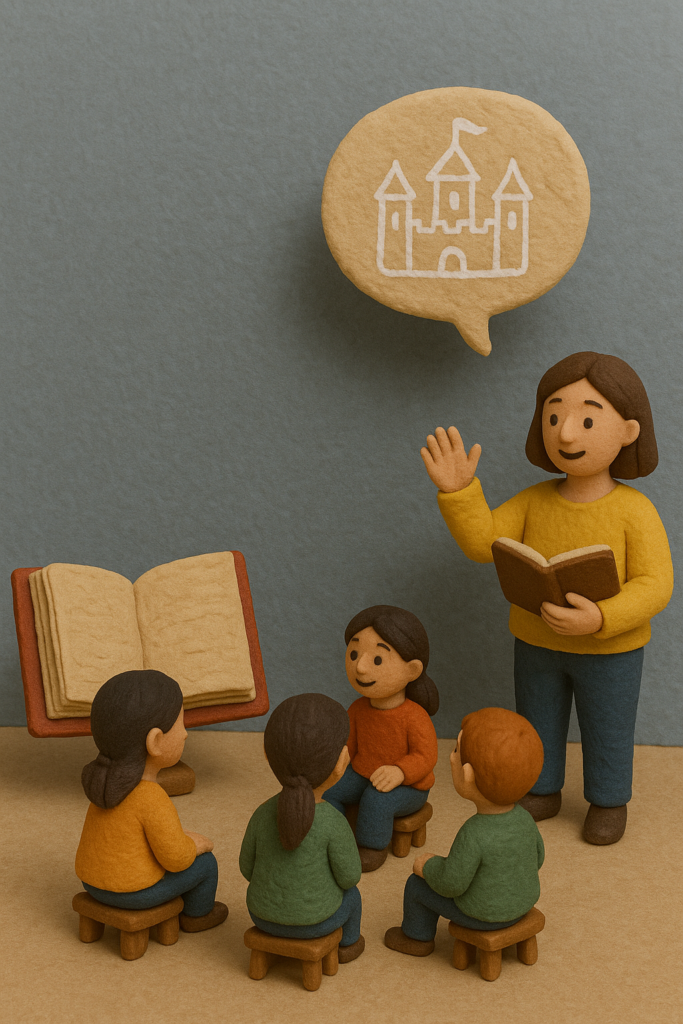
How Teachers Can Use Storytelling
- Start lessons with a short story related to the topic.
- Use historical events as stories instead of plain dates and facts.
- Encourage students to share their own stories connected to the lesson.
- Include pictures, videos, or props to make the storytelling more engaging.
Storytelling in Education for the Future
In a world full of technology, stories remain timeless. Whether told face-to-face or through digital media, they can make learning fun, meaningful, and unforgettable. Teachers, parents, and students should all embrace the magic of storytelling in education to make learning a journey, not just a task.
Storytelling in Different Subjects
Storytelling isn’t limited to language or literature — it can make any subject come alive. By blending facts with narratives, students feel more connected to the topic and remember it for longer.
- Science – Explain scientific concepts through discovery stories. For example, tell the tale of Isaac Newton sitting under an apple tree to introduce gravity.
- History – Instead of listing dates, narrate events as if the listener is living in that time — hearing the sounds, feeling the emotions, and meeting historical figures.
- Mathematics – Use real-life scenarios like a market vendor’s day to explain profit, loss, fractions, or percentages.
- Geography – Turn maps into adventures, guiding students as if they’re explorers crossing mountains, rivers, and continents.
- Moral Education – Share inspiring real-life stories or folktales to instill values like honesty, kindness, and perseverance.
By weaving stories into each subject, teachers transform lessons into experiences that students don’t just study — they live.
Conclusion
Storytelling in education is a tool that turns classrooms into places of imagination, creativity, and lasting learning. When lessons are taught through stories, they are not just remembered — they are lived.


